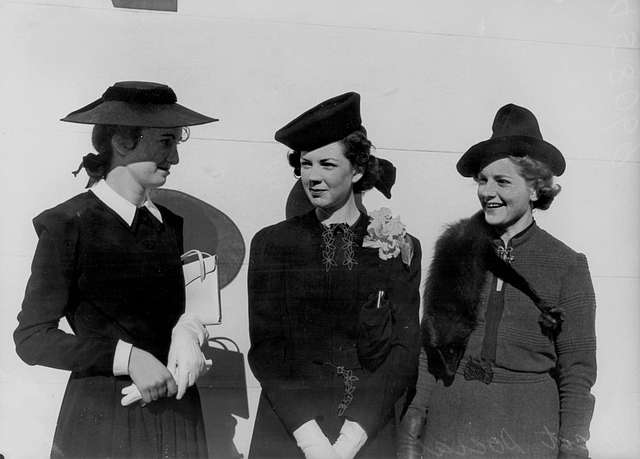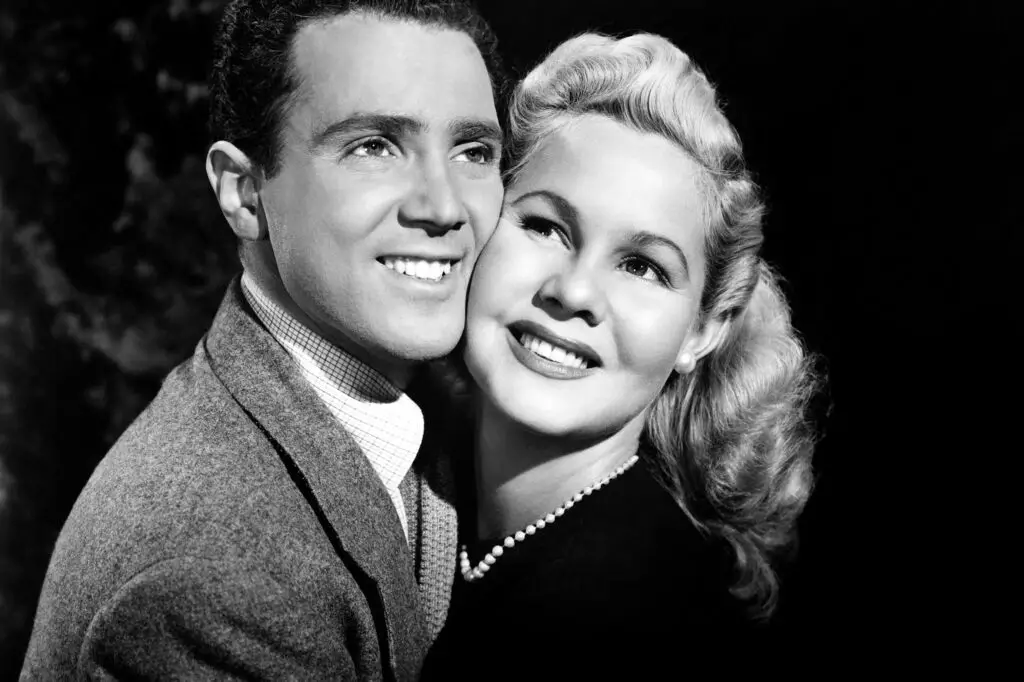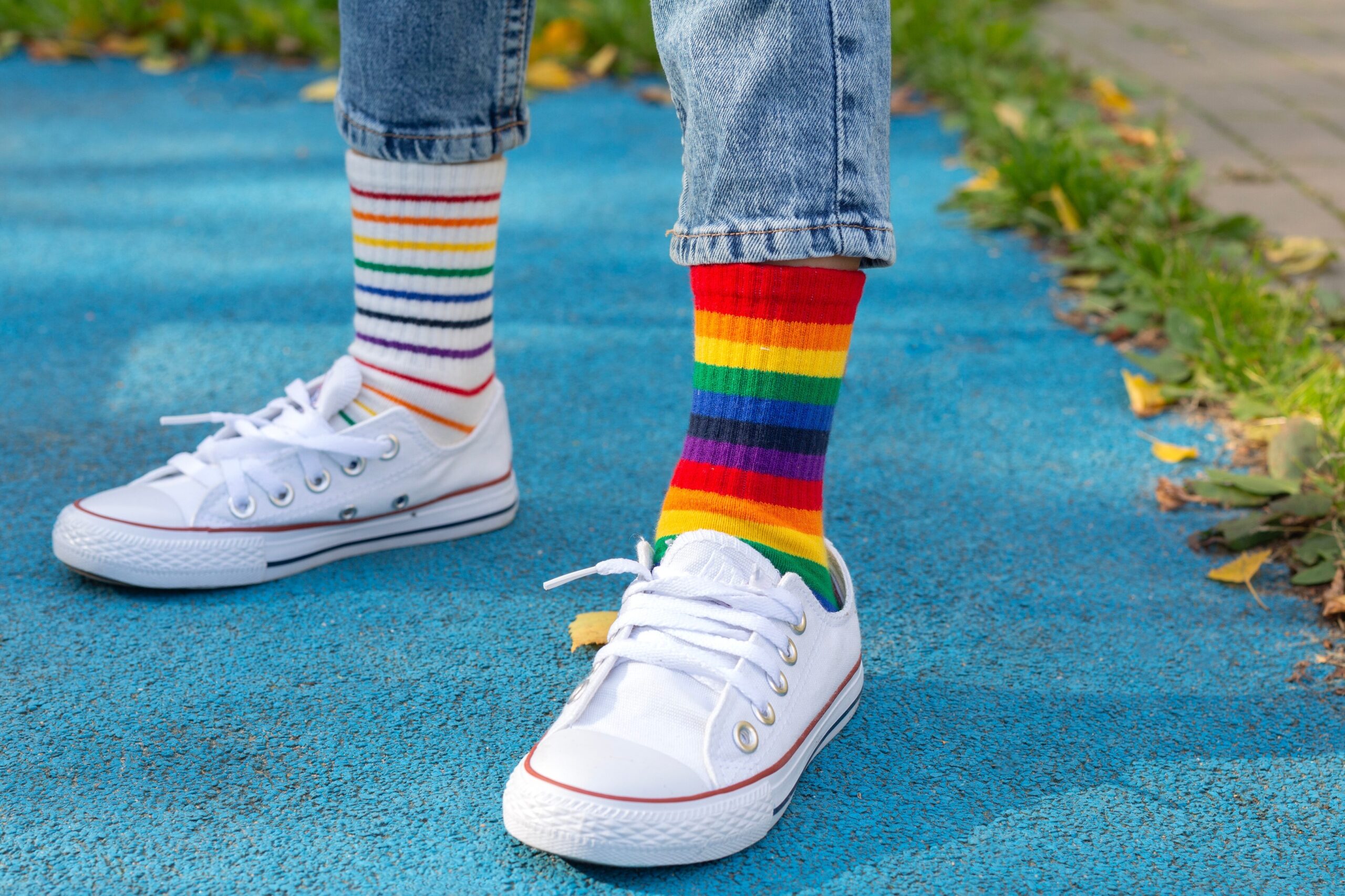1. Don’t Wear Green to a Wedding

It might be a lovely color on you, but wearing green to a wedding was once considered downright scandalous in some cultures. In Irish folklore, green was thought to attract fairies—specifically, the mischievous ones who liked to cause trouble. If you wore green on someone’s big day, you could be blamed for any bad luck, from a sudden rainstorm to the cake toppling over. It didn’t help that green was also linked with jealousy, which is never a vibe you want to bring to a celebration of love says Who What Wear.
Over time, this belief got tangled up with the idea that wearing green could jinx not just the wedding, but your own love life. People whispered that single guests who wore green might stay that way for a long time. Even today, some traditional families raise an eyebrow at green wedding attire. So while that emerald dress might be stunning, you may want to save it for another event says Bella Bridesmaids.
2. Red at a Funeral Was a No-No

Wearing red to a funeral used to be seen as the height of disrespect. It wasn’t just that it was bold or flashy—red has long been associated with passion, war, and even the devil. In many cultures, it was believed that red could anger spirits or confuse them into thinking you were celebrating their passing. That’s not exactly the energy you want to bring to a mourning crowd says Medium.
Some old European beliefs held that red at a funeral could trap the soul of the departed, keeping them from resting peacefully. Others thought it would bring misfortune to the wearer, especially if they were a family member. Even today, some folks will go out of their way to choose muted tones for fear of stirring up bad energy. Safe to say, it’s not the moment for your crimson blazer adds Reddit.
3. New Clothes on New Year’s Day Were a Must

If you didn’t put on something new on New Year’s Day, you might be inviting a year of stagnation—or worse, poverty. That’s what many people believed, especially in Southern traditions in the U.S. and various parts of Asia. It wasn’t about being flashy or materialistic; it was about stepping into the new year with fresh energy and fortune. Even something small like new socks or a shirt could do the trick.
The superstition also had a practical edge—New Year’s used to be a time for fresh starts, and wearing clean, new clothes showed you were ready to face whatever came next. Some believed that what you wore on the first day of the year could set the tone for the next 364. So if you wore rags, you might be stuck with bad luck or illness. No pressure, right?
4. Hats Indoors Invited Bad Luck

We’ve all heard the “take off your hat indoors” rule, but the reasoning wasn’t always about manners. In earlier centuries, people believed wearing a hat inside could trap or block good spirits from blessing the household. Others thought it showed arrogance or disconnection from the divine, which could attract misfortune. Especially during meals, hats were a no-go if you didn’t want to offend any protective spirits.
Some homes were believed to have guardian spirits, and keeping your head covered could signal distrust or distance from them. Removing your hat was a sign of respect—not just for the people in the room, but for the unseen forces watching over you. That’s why many families had strict “no hats at the table” rules. And if you were superstitious, you probably didn’t want to test that boundary.
5. Never Wear Opals Unless It’s Your Birthstone

Opals are stunning, but for a long time, they came with a bit of a curse—unless you were born in October. If it wasn’t your birthstone, some believed wearing one would bring bad luck or even death. This fear wasn’t helped by old novels and rumors that blamed opals for everything from broken engagements to tragic accidents. Queen Victoria tried to change the narrative by giving them as gifts, but the fear lingered.
The superstition likely stemmed from the stone’s unique look—it changes color depending on the light, which some thought was a sign of trickery or duality. People believed it could reflect bad intentions or even turn against its wearer. If you wore one without being “meant to,” you were tempting fate. So unless you’re an October baby, you might think twice before slipping on that opal ring.
6. Black Wasn’t Always for Mourning

Believe it or not, black used to be considered a protective color, not just a somber one. In the Middle Ages, wearing black was thought to ward off evil spirits—especially during funerals or times of vulnerability. But over time, black got tied more and more to grief and mourning. Victorian customs made it nearly a requirement, and widows were expected to wear it for up to two years.
If someone wore black outside of mourning, though, people might side-eye them and wonder what kind of gloom they were inviting. It was thought that wearing too much black without reason could attract death or sadness. So while it was protective in one sense, overdoing it could swing the other way. Fashionably spooky became a real risk.
7. Don’t Wear Pearls on Your Wedding Day

They’re classic and elegant, but pearls used to be seen as a bit of a bad omen at weddings. Some believed that wearing pearls on your big day would bring a marriage full of tears. The idea came from the shape of pearls themselves—they resemble teardrops, so the symbolism felt obvious. In some cultures, it was almost asking for sorrow.
Others thought that pearls could capture negative energy or jealousy from guests. If you did wear them, it was recommended to pair them with something protective, like gold or a family heirloom. Even now, some brides avoid them altogether, just in case. It’s a superstition that still lingers, especially in older generations.
8. Buttons and Fasteners Held Magical Power

Back in the day, buttons weren’t just practical—they were powerful. People believed they could trap good or bad spirits, depending on how and where they were sewn. Losing a button unexpectedly was seen as a sign of upcoming trouble or misfortune. That’s why folks used to carry extra buttons for luck or protection.
Some even believed that sewing a button on a garment while wearing it could curse you. Fasteners like hooks and laces were also treated with care—crossing them wrong or tying them too tightly was thought to block energy flow. Clothing wasn’t just about style; it was like armor for your soul. Those little details really mattered.
9. Mismatched Socks Were a Curse

Wearing mismatched socks might be quirky now, but in older traditions, it was practically an invitation for chaos. Superstitious folks believed your socks needed to match exactly to keep your life in balance. If they didn’t, you risked throwing off your karma or attracting confusion into your day. It might sound silly, but people took it seriously.
This belief had roots in the idea that clothing represents order and self-care. Mismatching suggested forgetfulness or distraction—both of which were thought to open doors to bad luck. Some even said you’d trip more or be more accident-prone. These days, it’s considered a fun fashion statement, but it wasn’t always that carefree.
10. Ripped Clothing Meant Trouble Ahead

These days, distressed jeans are everywhere, but for centuries, ripped clothing was considered a bad sign. People thought tears in your outfit could act like holes in your luck, letting good fortune slip out. Some even stitched tiny protective charms inside their seams to guard against this. If your clothes ripped suddenly, it was thought to be a warning.
In some folk traditions, especially in Eastern Europe, a rip on the left side of your body meant trouble in love, while a rip on the right pointed to money problems. Superstitious folks would immediately sew up the tear while saying a little chant or prayer. It wasn’t just vanity—it was protection. A well-mended outfit was a safe outfit.
11. Wearing Someone Else’s Shoes Was Risky

You might save a few bucks at the thrift store, but wearing someone else’s shoes used to be seen as seriously risky. It was believed that shoes carried the essence or energy of their original owner. Put them on, and you might unknowingly take on that person’s burdens, illnesses, or even their luck—good or bad. Shoes were too personal to share.
In some cultures, especially in Eastern traditions, shoes were thought to absorb a person’s life path, including their struggles. Wearing them could confuse your own journey, making it harder to find direction. People were extra cautious with hand-me-downs, especially after a person had passed away. So while vintage footwear might look cool, the old beliefs say: tread carefully.
12. Stripes Were for the Damned

Stripes might seem innocent today, but in medieval Europe, they were practically a warning sign. Only outcasts, criminals, and executioners wore them—so if you showed up in a striped tunic, people assumed the worst. It was all about symbolism; the dual lines were thought to represent duality, lies, or a split soul. That’s heavy stuff for a pattern.
Even animals with stripes, like tigers or snakes, were seen as suspicious. Over time, stripes made their way into prisoner uniforms to show society that the wearer couldn’t be trusted. Fashion eventually reclaimed the look, but for centuries, wearing stripes could mark you as someone to avoid. It took a long time for that bad rap to fade.
13. Yellow Meant You Were a Traitor

Yellow isn’t just a sunny shade—it used to come with some serious baggage. In various parts of Europe, it was considered the color of betrayal and deceit. People thought wearing yellow could signal untrustworthiness or mark you as someone hiding secrets. That’s why it was used to shame criminals or social outcasts in some communities.
The association may have started with religious symbolism, where yellow was tied to envy or dishonesty. Judas Iscariot was often painted in yellow robes, reinforcing the idea. Even centuries later, wearing yellow in certain settings was seen as a bold, even offensive, move. While the superstition isn’t widespread now, some still avoid it for big events—just in case.
